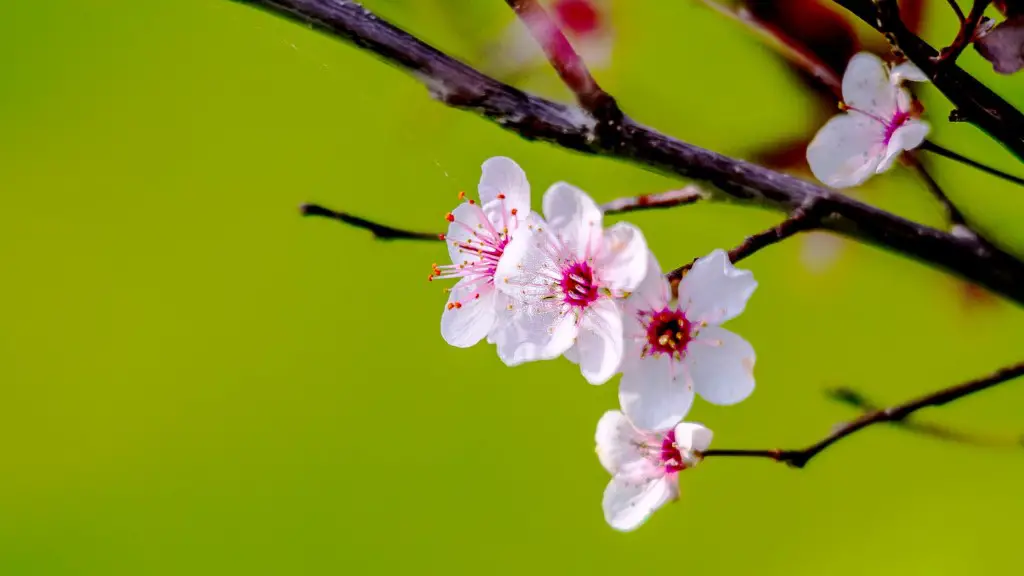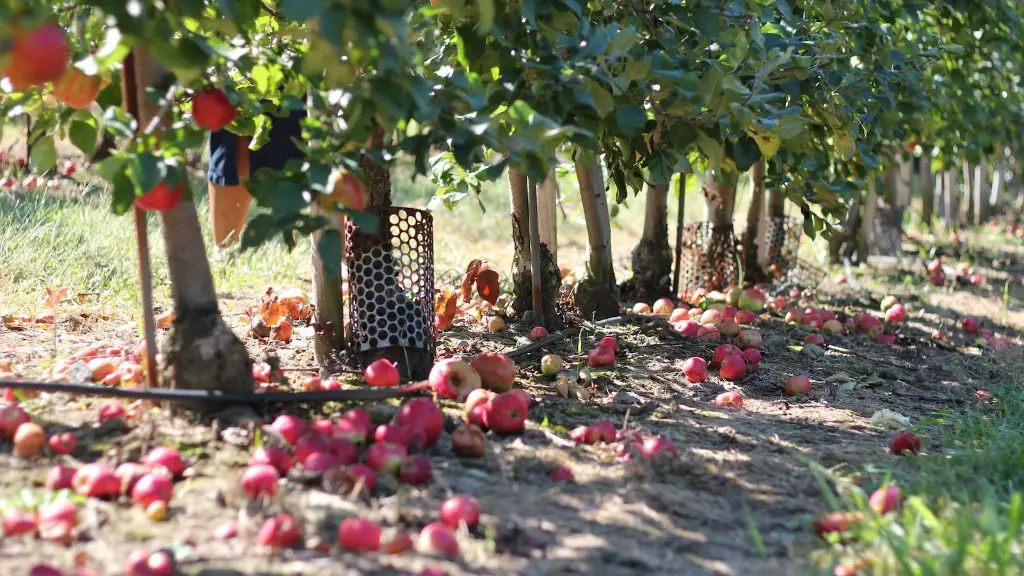Avocados are one of the most beloved fruits on the planet for their creamy texture, delicious taste and range of health benefits. However, more people are wanting to get the pleasure of having their own avocado tree in the backyard, and to do this you need to know how to properly care for your avocado tree. Many people think caring for an avocado tree is easy and straightforward, but there are a few things to consider to make the most of your tree.
The first and most important step for properly caring for your avocado tree is to choose the right variety for your climate. Avocado trees vary in various climates and some may not respond to certain environments. Therefore, make sure to research the variety of avocado you are planting and make sure it is right for your climate.
Sunlight is another key factor in caring for your avocado tree. Avocado trees require ample sunlight in order to grow and thrive properly. The tree should receive up to 8 hours of full sun exposure each day. Moreover, ensure to shield the tree from winds and extremes of temperatures.
Watering is also crucial to the health and lifespan of an avocado tree. Establishing and maintaining the correct watering from the beginning is key. Make sure to water regularly and not over water, which can lead to root rot and other issues. Generally, 1-2 inches of water per week is recommended for an established tree.
Fertilizer is also a key component to consider when caring for your avocado tree. Fertilizers are rich in nitrogen and should be added every two months. Be sure to follow the directions properly and to regularly check your soil pH and adjust it to a range of 6.0 to 6.5 if necessary.
Prune your tree if needed, as this keeps its shape and maximizes yields. Remove dead branches or branches which could interfere with the health or growth of your tree and thin the canopy in order to access sunlight and air and ensure maximum yields.
Protection is also essential when caring for your avocado tree. Protect your tree from potential diseases by spraying for pests and fungi, and avoid over fertilizing which can lead to powdery mildew and other diseases. Don’t forget to stake the tree as well to keep it from swaying too much in the wind and causing damage to it.
Measuring Nutrition Intake
Measuring nutrition intake properly is key in ensuring your avocado tree receives enough nutrition. This can be done through variousmethods, the most popular being soil sampling. This is done by taking a sample of soil to a laboratory to test its nutrientcontent. This method can be especially helpful for identifying and correcting deficiencies and avoiding deficiencies which can potentially damage the tree. Other methods of measuring nutrition intake include using a fertilizer injector to precisely measure the amount of nutrients going into the soil, leaf tissue testing to identify which nutrients the tree is missing, and foliar spraying to apply a concentrated amount of micronutrients.
Pest Control
Avocado trees are prone to some pests, although proper maintenance can help to keep them away. Some of the most common pests include red scale, mealybugs, whiteflies, and aphids. These pests can be controlled through early detection and proper management. Cultural practices such as proper water management and irrigation, pruning and clean-up of fallen plant debris, as well as isolation of infested trees can help to reduce the risk of pest infestations. Regular inspections of trees and early detection of any sign of an infestation is essential in order to effectively control the pests.
Harvesting
Harvesting is important to get the most out of your avocado tree. Timing is key and maturity of the avocados can be determined by their size and color. Generally, avocados will be ready to harvest when they are dark green to almost black in color, with a little give when pressed gently. Another method of determining the maturity of the avocado is the “sight and pull” method – to see if the avocado easily detaches from the stem means it is ready for harvest. Proper harvesting etiquette includes cutting the stem with a sharp knife and not pulling the fruit off the stem to avoid damaging the tree and other fruits.
Storage
Avocados do not get ripe until after harvesting, so proper storage is key in order to ensure that the harvested avocados reach their peak ripeness. Avocados should be stored at a temperature between 45 to 55 degrees Fahrenheit, although higher temperatures can be tolerated when necessary. Also, make sure to place them in an open container or paper bag to allow air circulation, as they should not be stored in an airtight container. Storing them in a cool, dry place, away from direct sunlight is also recommended. Other tips for storing avocados include checking them periodically for signs of ripening and using those that have become ripe first before those which have not. These storage tips will help to ensure that your avocados ripen smoothly and quickly.
Risks & Diseases
Caring for an avocado tree is rewarding but it also carries some risks and potential diseases. The most common of these are root rot, crown rot, and anthracnose. These diseases can be prevented and monitored by regularly inspecting the tree for signs of disease, testing the soil, ensuring proper pruning and thinning of the canopy, and minimizing water stress. Additionally, other risks to consider are extreme weather conditions such as drought, frost, and excessive heat, as well as pests and fungi, as previously mentioned.
Summary
Caring for an avocado tree is a wonderful experience which could result in years of enjoyment for the whole family. However, it requires dealing with climate, sunlight, watering, fertilizing, pruning, protection, measuring nutrition, pest control, harvesting, storage, and risks and diseases. Following these steps and ensuring the optimal care of your avocado tree will help to ensure its health, vitality and longevity.


